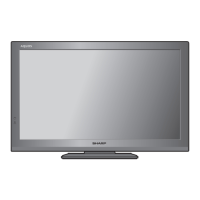
Do you have a question about the Sharp Aquos LC-24DC50M and is the answer not in the manual?
Instructions for safe cleaning and avoiding water exposure to prevent damage or electric shock.
Guidance on proper ventilation and keeping the product away from heat sources.
Precautions for handling the product, especially regarding the LCD panel and safe transportation.
Explanation of pixel behavior and what is considered within product specifications.
Specific guidance on how to safely carry the television set.
Adjusting the TV's position for optimal viewing based on user's eye level.
Instructions for connecting audiovisual equipment using INPUT 2 or INPUT 3 terminals.
Guidance on connecting DVD players or set-top boxes via HDMI or component cables.
Instructions for connecting a personal computer using the INPUT 4 (PC) terminals.
How to connect and use USB devices with the television.
Steps for connecting an antenna cable for optimal picture quality.
Safety precautions and steps for securely mounting the TV on a wall.
Procedure for inserting batteries into the remote control unit.
Identification of the front-facing components of the television.
Identification of the various input and output terminals on the rear of the TV.
Instructions on how to turn the TV on, turn it off, and place it in standby mode.
Choosing viewing options to match room brightness, programme type, or input source.
Procedure to automatically scan and store available channels.
Manually tuning and setting individual channels.
Features for managing channels, including auto search, editing, labelling, sorting, skipping, and locking.
Customizing picture settings like brightness, contrast, colour, and sharpness.
Detailed settings for colour temperature, noise reduction, and active contrast.
Adjusting the picture size and aspect ratio for different viewing modes.
Customizing audio settings such as treble, bass, balance, and surround sound.
Settings for automatic power-off when no signal is detected or no operation is performed.
Setting up a password to protect certain settings from accidental changes.
Assigning custom labels to different input sources for easier identification.
Configuring Widescreen Signal (WSS) and 4:3 aspect ratio modes.
Selecting the OSD language and checking the software version.
Restoring all adjusted settings to their original factory preset values.
Configuring audio input for PC and selecting output volume control.
Selecting input sources and enabling auto volume for consistent sound levels.
Options for audio-only playback and adjusting the colour system for composite signals.
Fine-tuning PC image synchronization for optimal display.
Manually adjusting PC image position, clock, and phase for clarity.
Registering specific input signals for proper display when needed.
Activating demo mode and updating TV software via USB.
Functionality to freeze a live picture on the display screen.
Setting the display duration for individual photos and the overall slideshow.
Lists of compatible file formats for photos, music, and videos supported by the USB player.
Overview of buttons and functions for controlling photo, music, and movie playback.
Solutions for problems related to no power, unit inoperability, and remote control issues.
Troubleshooting steps for picture cut-off, colour issues, and sudden power-offs.
Solutions for missing picture, no sound, or cracking sounds from the TV.
Detailed technical data including resolution, power, dimensions, and weight.
Information on available optional accessories for the television.
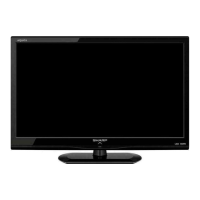
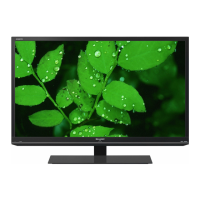

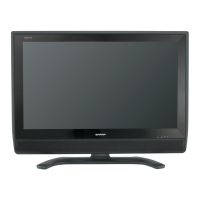

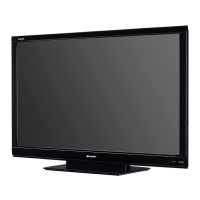
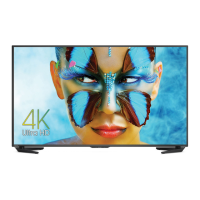
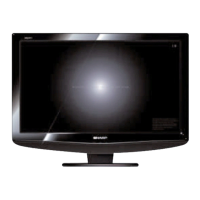
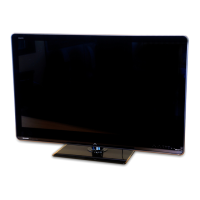
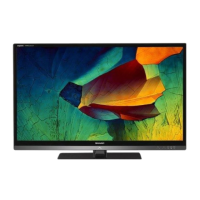


